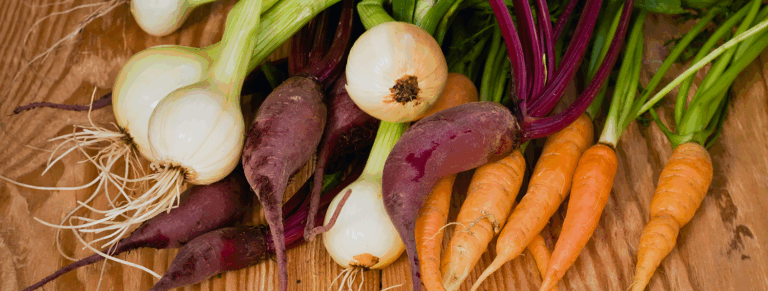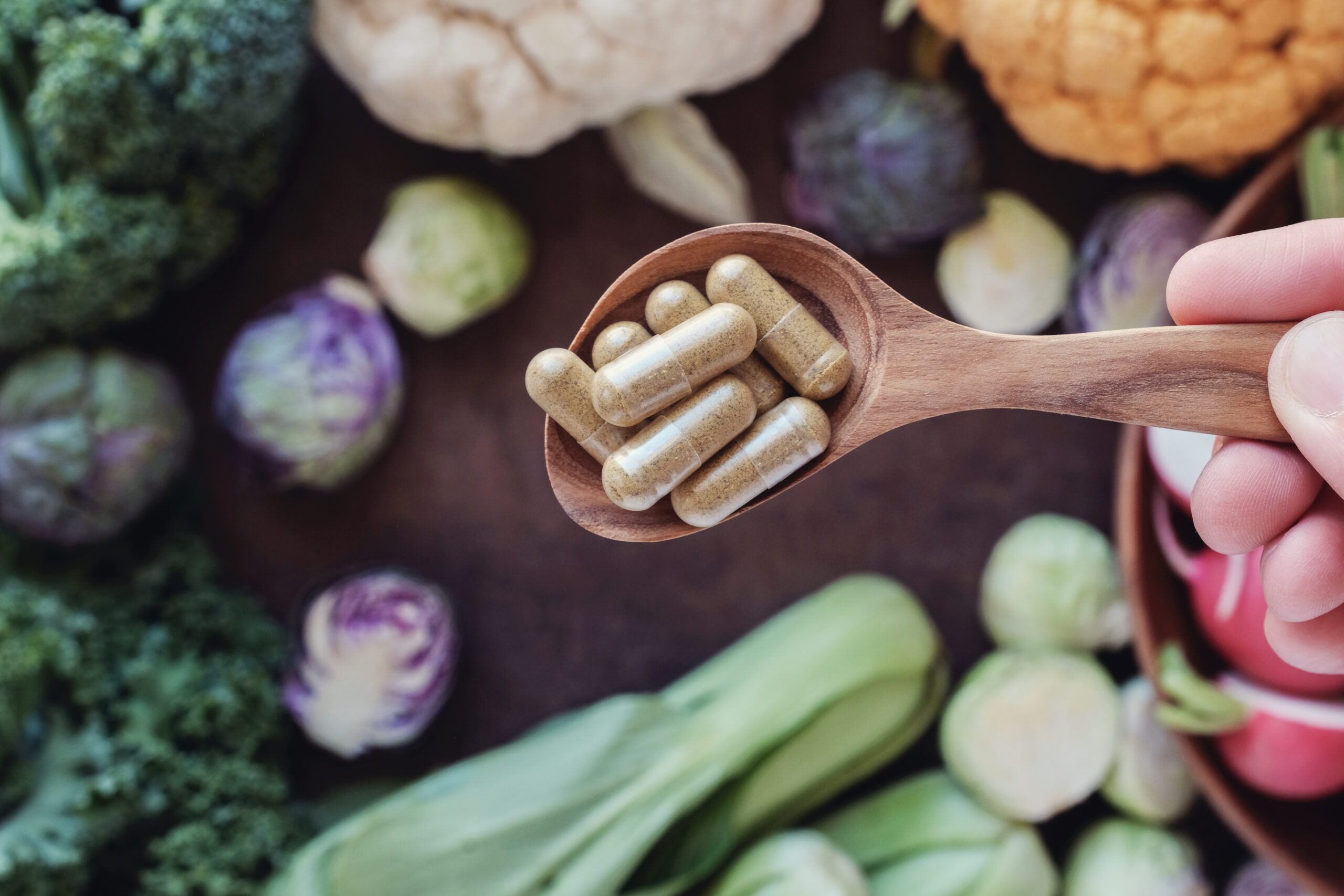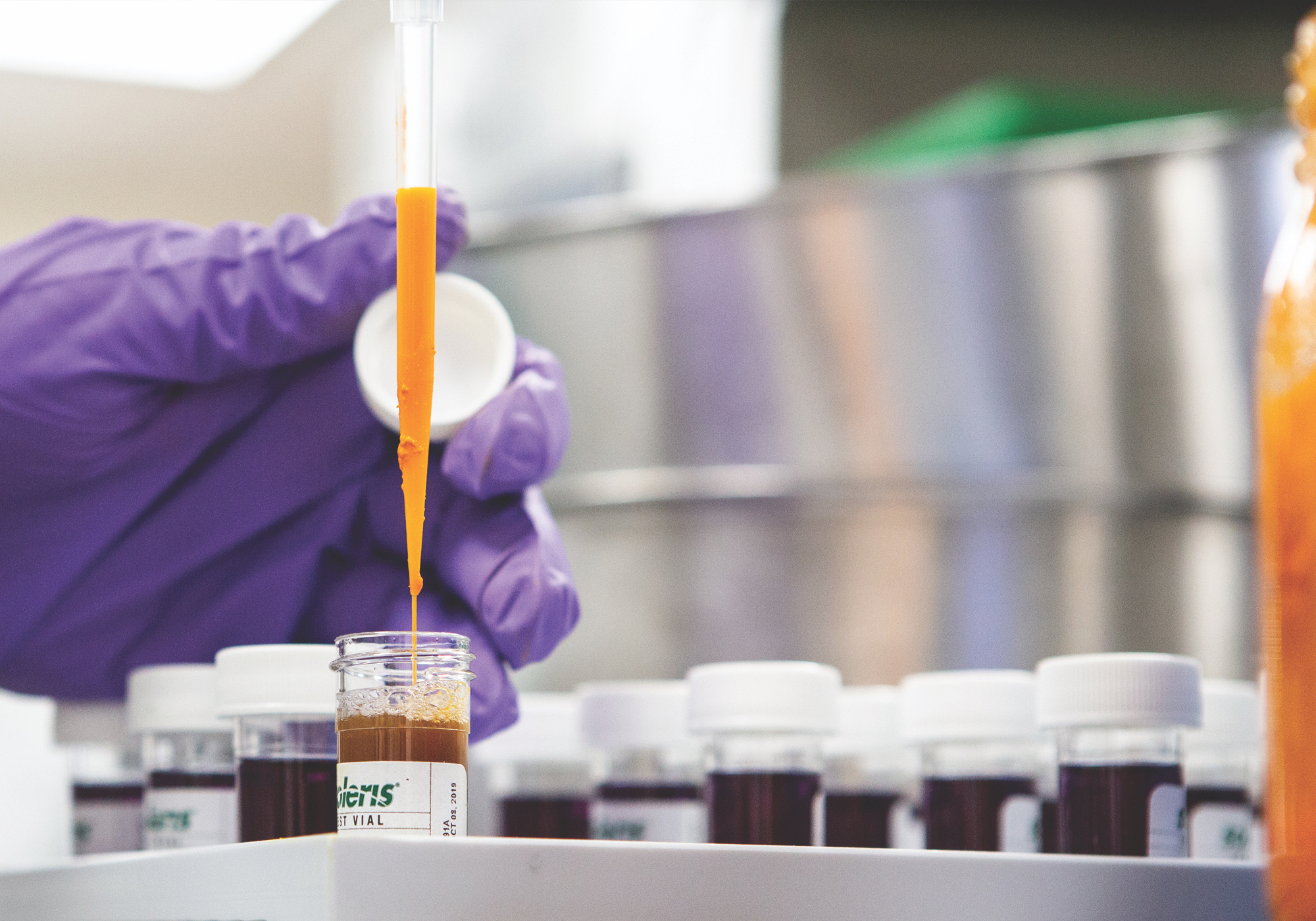Scientific name:Schisandra chinensis
Constituents:
- Dibenzocyclooctene Lignans: schisandrin, schisandrin A, schisandrin B, schisandrin C, γ-schisandrin (racemic form of schisandrin B), gomisin A & gomisin N
- Polysaccharides
- Flavonoids
- Indole alkaloids
- α-Cubebenoate
- Phytosterols (beta-sitosterols & stigmasterol)
- Volatile oils (sesquiterpenes)
- Nutrients (Vitamins C & E)
Medicinal actions:
- Adaptogen
- Anti-inflammatory
- Antioxidant
- Astringent
- Cardiac tonic
- Hepatoprotective
- Immunomodulator
- Nervine Tonic (Neuroprotective)
- Reproductive Tonic
Mechanism of Action & Pharmacology:
- Lignans are hepatoprotective, and have phytoestrogenic and immunomodulating effects. Have shown an ability to alleviate the provocation of corticosterone in stressed mice and decrease oxidative damage while increasing anti-oxidative capability of hepatocytes.
- Hepatoprotective properties may involve antioxidant activity within the liver (e.g. sustaining hepatic GSH, ascorbic acid and α-tocopherol levels and enhancing GSH redox status), facilitation of GSH regeneration via GRD catalyzed and NADPH-mediated reaction, inhibition of the activation of the hepatotoxin and the binding of the metabolites to liver microsomes.
- Gomisin N has been shown to produce beneficial sedative and hypnotic effects, possibly mediated by the modification of the serotonergic and GABAergic system.
- α-Cubebenoate (a novel anti-inflammatory compound) has shown an inhibition of the production of NO and PGE2 in vitro in peritoneal macrophages and immunomodulating effects.
Pharmacy:
- Decoction
- Tincture
- Capsules
- As food in jam, syrups etc.
Safety & Toxicity Concerns:
- High doses may cause mild digestive disturbances (reduces appetite, heartburn, nausea, indigestion, headaches, skin rash).
- Avoid in pregnancy (except to assist during labour)
Interactions:
- May increase drug levels of immunosuppressives, midazolam and talinolol.
- Theoretically may accelerate medication clearance from the body due to hepatic effects.







